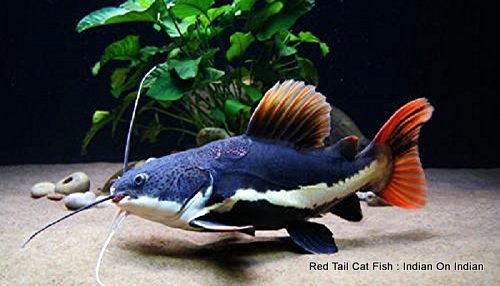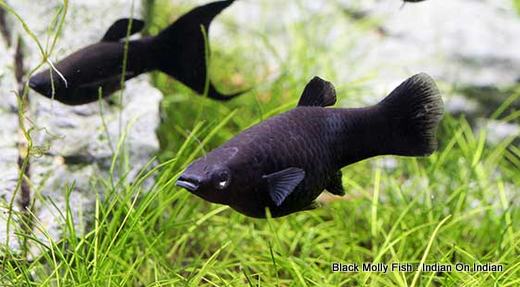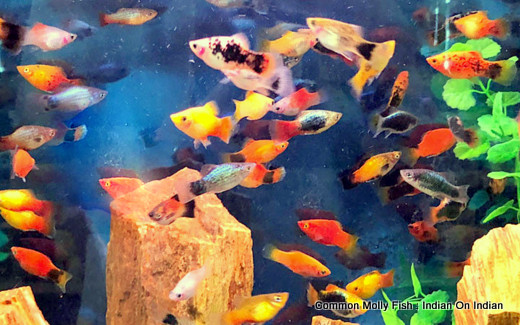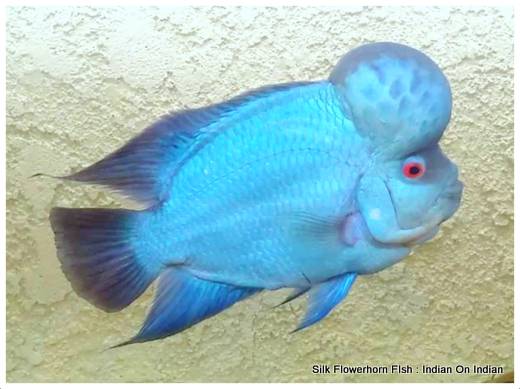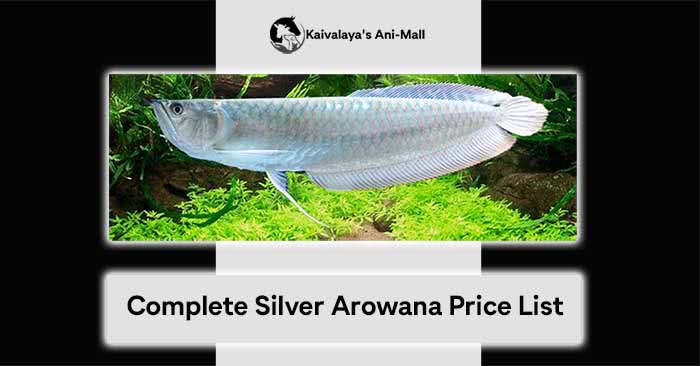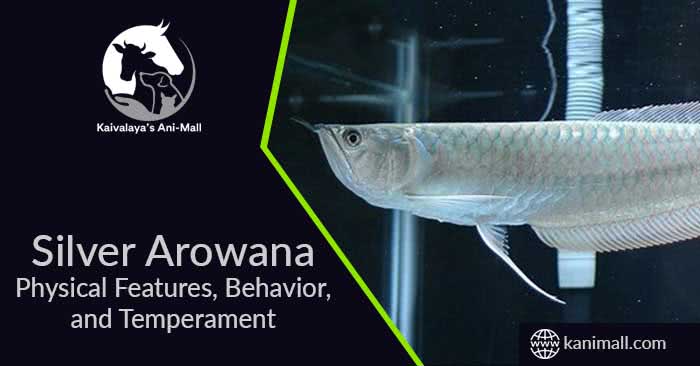
Well, some thing is indicative and something is misleading in the name. The African arowana as the name suggests originates from Africa and its not an arowana. Crazy, isn’t it. An arowana that is not an arowana. They are also known as the Nile arowana and in aquarium trade they are known as black arowana.
So, lets get a little deeper and try to explore the African arowana and why they are now discouraged as an aquarium fish.
Before we go any further I would like to make a request. If you like our work please subscribe to our news letter. Also, please share this website to your family and friends. And don’t forget to give your valuable opinion in the comment box.
African Arowana general introduction.
Let me first clarify the statement above. African arowana is more closely related to the Amazonian Arapima than any of the arowana family.
You can go through some of my previous articles to understand the formation of ancient gene pool. For now let us look into physical features of this magnifecient fish.
African arowana in general gets 3 feet long. So, obviously it is a big fish. Their scales are large and beautiful. They usually occur in darker shades of grey an bronze. Babies are always darker. As they grow they become lighter in color. At peak of their health they can gain as much as 10-11 kg.
African arowana have developed some very peculiar organs. They have special gills that and can survive breathing directly in to the air. This helps them to survive in dirty waters. Also,they have special organs to extract plankton form the water. In fact plankton serves as the main diet for these fishes. This is the main reason why they don’t do well in aquariums. One can never provide plankton in an aquarium.
Similarities and differences with the Asian arowana.
First let us take similarities. The body structure of this fish is similar to Asian arowana. In fact they resemble silver arowana in their overall appearance. They grow as big as their Asian counterparts that is around three feet. They have long dorsal and caudal fin very similar to the Silver arowana. And Their tails are also rounded up like silver arowana. This gives these fishes a very much continuous fin profile round the body. I believe that because of this resemblance they gained their short lived hype in the aquarium trade.
Dissimilarities lies in the shape of the mouth and behavior. The shape of their mouth is very much similar to arapaima. Long and flat unlike up swept like a bulldog in case of Asian Arowana or the silver arowana.
At very young age they may very well survive on regular arowana foods but as life progresses they need their natural food. Their natural food being plankton are impossible to be provided in an aquarium.
That is why I recommend not to get one as a hobby pet.
Physical distribution of African Arowana.
They are native to Africa. We can find them in Senegal, Gambia, Sudan and at several other places in eastern Africa. This fish dwells in almost all large rivers of eastern Africa. One easily finds them in coastline waters of the corubal river, volta river, niger and nile Rivers. In the still waters they are also found in some great lakes of Africa. These lakes are Lake Chad and lake turkana.
In Africa the African arowana also serves as a food source. So, in several water bodies they were introduced artificially. A few tributaries and dis-tributaries of great Congo river can be taken as an example.
They are also introduced artificially in the madagaskar.
At some places the support to local community is good but there are reports of negative ecological impact at some places. After all African arowana is a predatory fish.
Their role in fish trade.
African arowana is used as food in its native place. That is why in the past they were introduced in several rivers and lakes artificially.
Some time ago there was a boom in demand of this fish for aquarium trade. Fancy fish keepers always try to get something new. Traders are always aware to exploit this excitement. To my best knowledge there is no report of any of these fishes to have attained their full size in an aquarium. This is because of the fact that their staple diet consists of plankton. And its virtually impossible to introduce plankton in your aquarium.
Pet owners come to realize this and there is considerable decline in demand for a few years now. Necessarily many of them don’t know the reason behind untimely demise for their fish but somehow we don’t see African Arowana in aquarium trade now.
Conclusion.
African arowana is a monster fish that needs a variety of food to survive. I would recommend that hobbyists should leave this fish for large natural water bodies. Simply because one can not provide their most important diet ingredient plankton in an aquarium.
but if you absolutely must get this fish get a very large aquarium. Large means like really large. 8 feet or longer and at least 3 to 4 feet wide and at least 3 feet deep.
And please don’t forget to share this with anyone who might be interested in this post. See you soon again.

